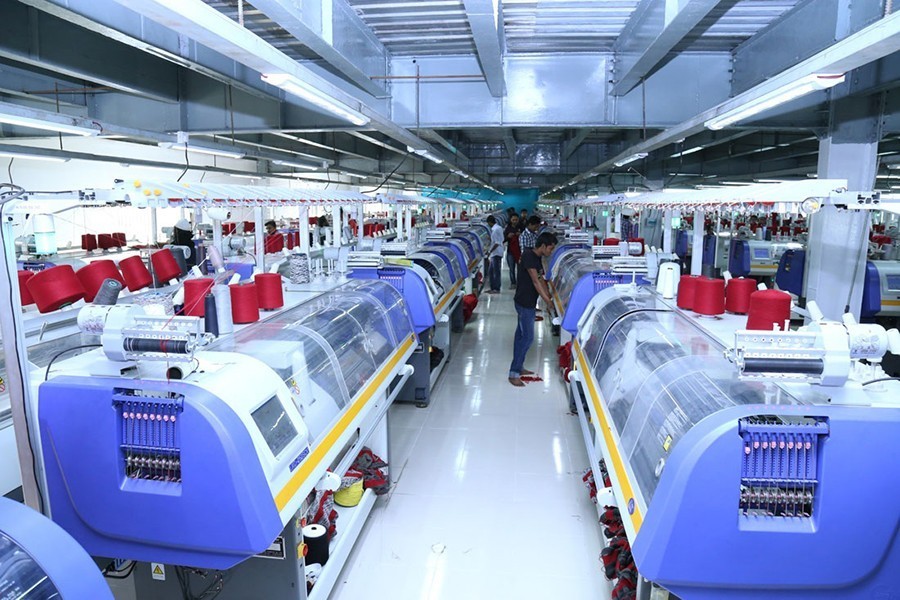Many garment workers, who stitch world-class apparel, say their wages did not increase despite an increase in their workload apace with machines following automation in the export industry's graduation process.
"Some 85-per cent workers reported that their work quota increased when they last got a new machine. However, of those that reported an increase in their workload, 71 per cent said their salary did not change," according to a survey.
The reason salary staying at the same level despite increased productivity might be that the new machines made the work easier, the survey quotes the workers as saying.
The South Asian Network on Economic Modeling (SANEM), in collaboration with a USA-based non-profit organization, Microfinance Opportunities (MFO), is running a research project on the quality of life of garment workers in Bangladesh, according to a press release.
Around 1,300 selected garment workers are surveyed a week since the start in April 2020 under the project styled 'Garment Worker Diaries'.
These workers are employed in factories spread across five main industrial areas of the country -- Chittagong, Dhaka City, Gazipur, Narayanganj, and Savar.
The latest survey conducted in June 2022 is a continuation of the investigation on workers' experience with automation.
Among the surveyed workers, 73 per cent said they want a new machine, as opposed to only 27-percent naysayers who don't.
Most of the workers cited efficiency, easier work and better quality for seeking new machine in tune with the fast-changing global socioeconomic milieus.
About two-thirds (66 per cent) said it took less time to meet their quota while 29 per cent said it took about the same time, and 5.0 per cent reported it either took more time or they were not able to meet their new quota with the new machine.
About 35 per cent of the workers also mentioned that the new machines made it easier for them to do their work and 18 per cent said it helped them produce better-quality pieces while some 8.0 per cent reported opportunity to learn and gain new experience.
In many cases, the new machines helped workers meet their quota more quickly, according to the findings on the latest condition of the country's highest export-earning industry that employs over 4.0 million workers, majority of them women from underprivileged segment of society.
Previously, it was found that a small share of workers had experienced some type of automation of their work, and mostly this was simply an improvement in the existing technology they were using rather than a radical re-engineering of their work.
Bangladesh earned $42.613 billion in fiscal 2021-22 from readymade garment export. The United States is its single-largest export destination while the European Union is the largest consumer as a bloc.


